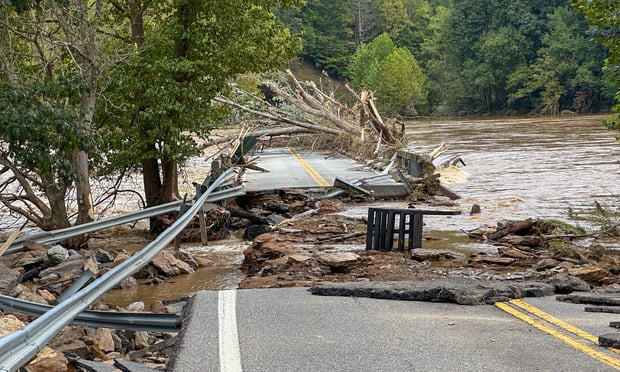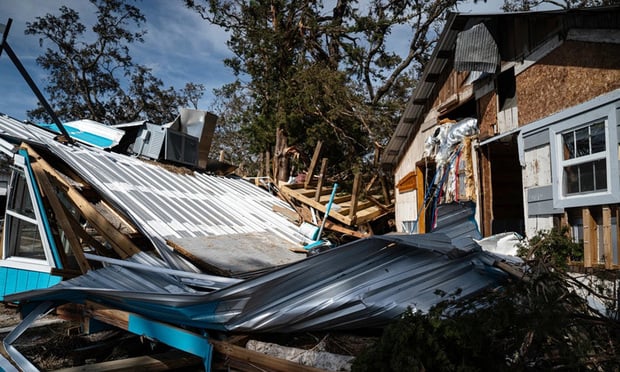(Bloomberg) -- This year’s Atlantic hurricane season is so fierce that even Ireland and Britain will get a piece of the action.
|Ophelia moving NE
Ophelia, the 10th straight Atlantic tropical storm to become a hurricane, is moving northeast and will approach Ireland on Monday before moving over Scotland, according to the U.S. National Hurricane Center. With winds currently about 90 miles per hour, it’s set to be the strongest storm in the far eastern Atlantic since Hurricane Ivan in 1980.
This Atlantic storm season has already racked up the most consecutive hurricanes since the late 19th century and brought devastation to Florida, Texas and Puerto Rico. Europe had a taste of the stormy conditions early this month from the remnants of hurricanes Maria and Lee, which helped push U.K. wind-power generation to a record.
“What normally happens with these things is that we get some really good production,” said Stephen Lilley, a partner at Greencoat Capital LLP, which manages funds that invest in wind farms including four in Northern Ireland. “We generate up to 50 miles per hour, which is pretty windy, but above that, you turn it off. It’s never up there for very long.”
|Chance of damage to tile roofs
Ophelia is likely to cause transport delays, and there’s a slight chance of power cuts and damage to tile roofs on buildings on Monday, the Met Office said as it issued a wind warning for that day. U.K. wind generation is forecast to reach a record 9.3 gigawatts on Oct. 19, beating the previous high of 8.9 gigawatts at the start of the month.
“There may be gale-force winds, or even severe gale-force winds, on Monday, possibly Tuesday,” said Nicola Maxey, a spokeswoman for the U.K. Met Office, which is based in Exeter, England. The west coasts of Ireland and England will probably be worst hit.
While a stormy day for Monday is possible, “uncertainty remains, due to the nature of the track of the Atlantic storm system,” Ireland’s Met Eireann said on its website. The storm has the potential to be a “high impact event” in some parts of the country.
Ophelia’s maximum sustained winds are now 90 miles (144 kilometers) per hour, the NHC said in an advisory on its website. That’s twice as high as gale force winds, which top out at 54 miles per hour.
|Likely to lose intensity
As the storm travels northeast, it’ll probably lose intensity as it moves away from the warm water needed to sustain it, said Maxey at the U.K. Met Office.
“It will become an ex storm,” she said. “They dissipate quite quickly once they hit land.”
The Atlantic season ranked seventh on the all-time list in terms of energy produced by hurricanes and tropical storms.
This year’s tally of 15 storms is above the seasonal average of 12, but less than the record 28 in 2005.
Copyright 2018 Bloomberg. All rights reserved. This material may not be published, broadcast, rewritten, or redistributed.
Want to continue reading?
Become a Free PropertyCasualty360 Digital Reader
Your access to unlimited PropertyCasualty360 content isn’t changing.
Once you are an ALM digital member, you’ll receive:
- Breaking insurance news and analysis, on-site and via our newsletters and custom alerts
- Weekly Insurance Speak podcast featuring exclusive interviews with industry leaders
- Educational webcasts, white papers, and ebooks from industry thought leaders
- Critical converage of the employee benefits and financial advisory markets on our other ALM sites, BenefitsPRO and ThinkAdvisor
Already have an account? Sign In Now
© 2024 ALM Global, LLC, All Rights Reserved. Request academic re-use from www.copyright.com. All other uses, submit a request to [email protected]. For more information visit Asset & Logo Licensing.








